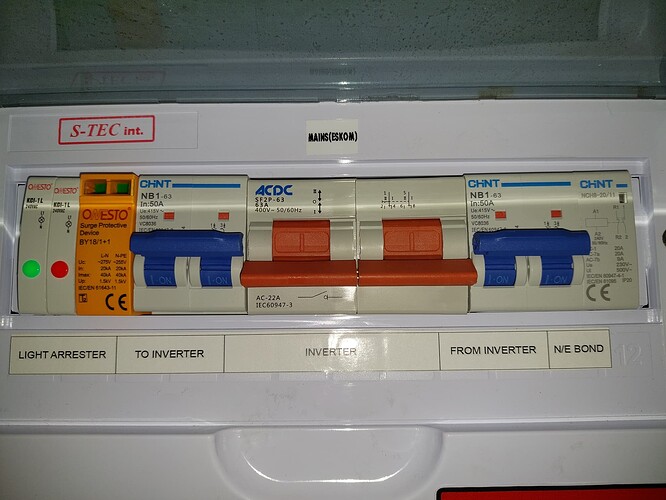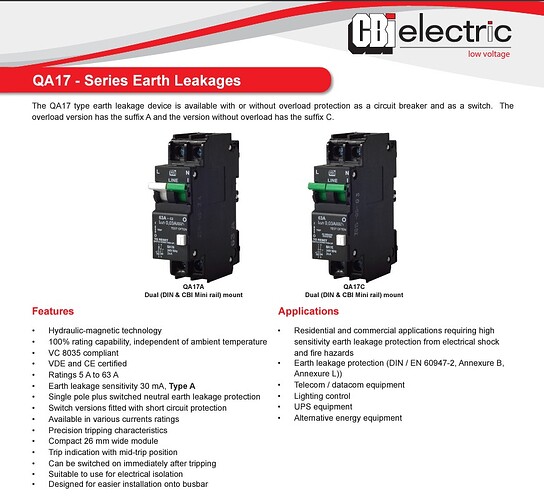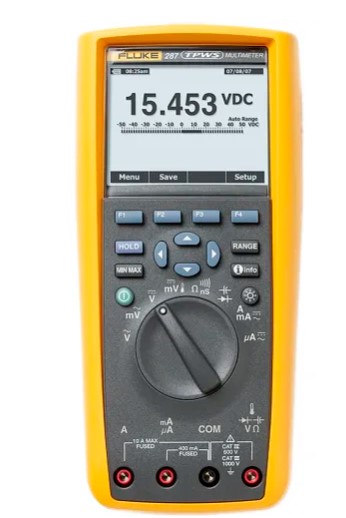Hello
My earth leakage sometimes trip during load shedding, when the inverter kicks in.
For the last 6 times that we experienced load shedding it only happened twice.
I have a Deye 8kw inverter installed with 2x5kw HinaESS batteries. It was installed by a qualified electrician.
My DB board is configured as follows.
Main Switch, Geyser, Stove, Sub-DB (inverter) on the left of the earth leakage, lights and plugs on the right of the earth leakage.
Before the installation my lights weren’t on the earth leakage and only my plugs were.
Before the inverter was installed, I never had this problem during or after load shedding.
I tried to simulate the problem by switching on all my lights and trip the main switch (simulate load shedding). I even experimented by adding a 60W bulb to my external light, possibly to assess if it would contribute to the particular issue. I have done this multiple times but I’m unable to trip the earth leakage.
The installer had another look at the installation and they are confident that the DB board is correct. They even suggested that I replace my earth leakage, but wouldn’t it trip all the time if it was faulty (even without my simulations)?
Wouldn’t a light that is not correctly earthed, trip all the time?
I’m not sure what to do next, especially because the installer says everything is fine.



